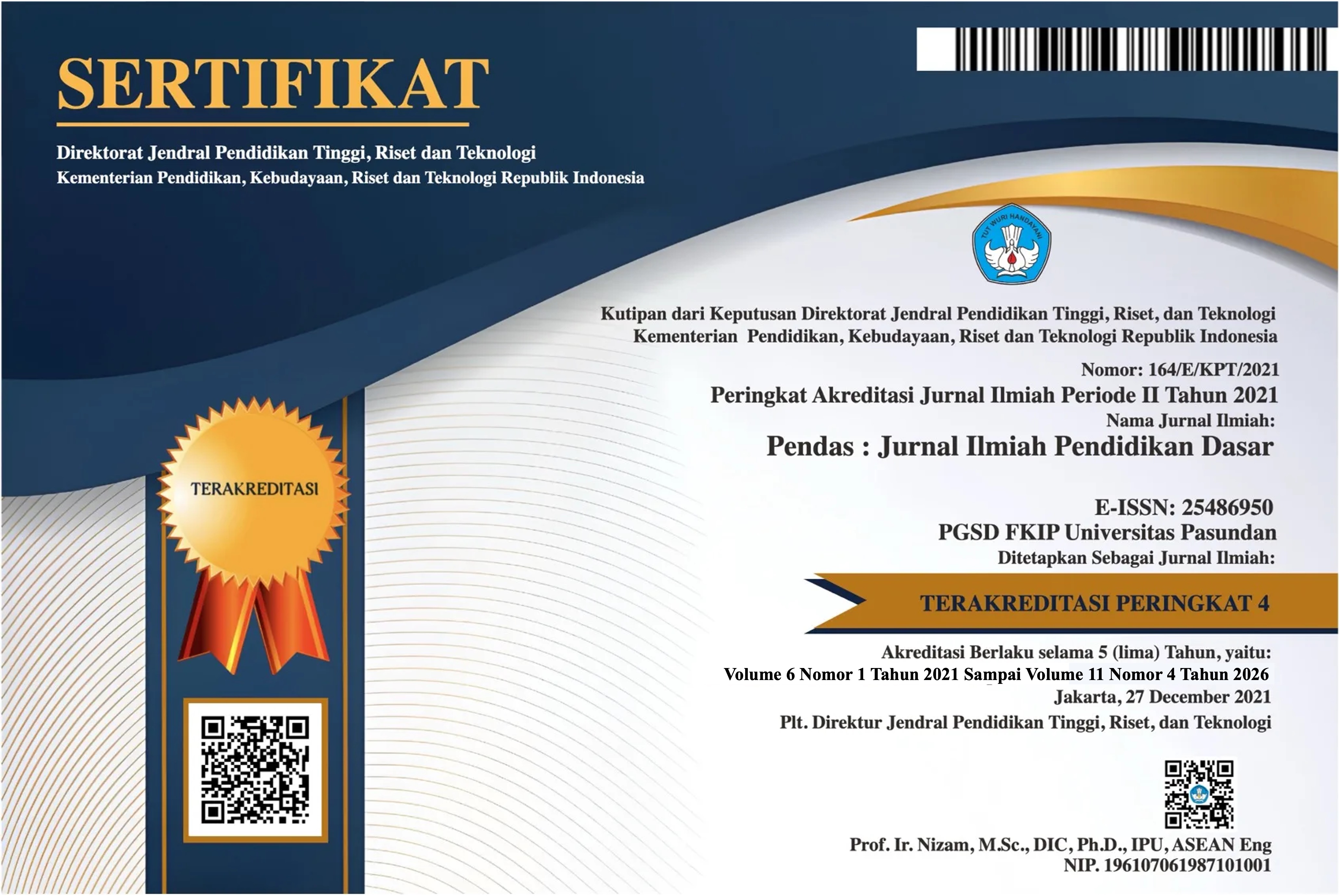IMPLEMENTASI KEBIJAKAN PENDIDIKAN
DOI:
https://doi.org/10.23969/jp.v9i2.13412Keywords:
Policy Implementation, Education policy, Stages of Policy ImplementationAbstract
Implementation of Education Policy is an important step in achieving educational targets set by the government or agency concerned. The aim of implementing the Education Policy is to make the policy a reality in accordance with the plans that have been prepared. This research uses a qualitative approach by conducting a review of various literature and references related to the implementation of Education Policy. The information used comes from books and journal articles that are relevant to this topic. The implementation process involves a series of steps, starting from policy formulation, establishing implementation guidelines, to implementation in the field. With a deep understanding of the process of implementing education policies, it is hoped that it can produce an education system that is more effective, efficient and inclusive for all levels of society.
Downloads
References
Ansell, C., & Gash, A. (2008). Collaborative governance in theory and practice. Journal of Public Administration Research and Theory, 18(4), 543–571. https://doi.org/10.1093/jopart/mum032
Ball, S. J. (1998). Big Policies/Small World: An introduction to international perspectives in education policy. Comparative Education, 34(2), 119–130. https://doi.org/10.1080/03050069828225
Chen, L., & Yang, X. (2019). Using EPPM to Evaluate the Effectiveness of Fear Appeal Messages Across Different Media Outlets to Increase the Intention of Breast Self-Examination Among Chinese Women. Health Communication, 34(11), 1369–1376. https://doi.org/10.1080/10410236.2018.1493416
Coburn, C. E. (2005). Shaping teacher sensemaking: School leaders and the enactment of reading policy. Educational Policy, 19(3), 476–509. https://doi.org/10.1177/0895904805276143
Dorey, P. (2014). The Implementation of Public Policy. Policy Making in Britain: An Introduction, 196–217. https://doi.org/10.4135/9781446279410.n7
Gani, Y. (2019). Implementasi Pembangunan Zona Integritas dalam Pelayanan Publik Polri. Jurnal Ilmu Kepolisian, 13, 138–147. http://jurnalptik.id/index.php/JIK/article/view/163%0Ahttps://jurnalptik.id/index.php/JIK/article/download/163/68
Mintrom, M., & Norman, P. (2009). Policy entrepreneurship and policy change. Policy Studies Journal, 37(4), 649–667. https://doi.org/10.1111/j.1541-0072.2009.00329.x
O’Toole, L. J., & Meier, K. J. (2004). Public management in intergovernmental networks: Matching structural networks and managerial networking. Journal of Public Administration Research and Theory, 14(4), 469–494. https://doi.org/10.1093/jopart/muh032
Rossi, P. H., Lipsey, M. W., & Freeman, H. E. (2010). Comptes rendus Evaluation : A Systematic Approach. 36(2), 1–2.
Ulfah, U. (2018). Peran Trait Mindfulness Terhadap Regulasi Emosi Pada Remaja Panti Asuhan Serta Tinjauan Dalam Islam. 4, 9.
Veronika Karnowski, A. S. K. (2016). Diffusion of Innovations von Everett M. Rogers (1962). Schlüsselwerke Der Medienwirkungsforschung, 1962, 98.
Weiss, C. H. (1998). Have we learned anything new about the use of evaluation? American Journal of Evaluation, 19(1), 21–33. https://doi.org/10.1177/109821409801900103
Downloads
Published
Issue
Section
License
Copyright (c) 2024 Pendas : Jurnal Ilmiah Pendidikan Dasar

This work is licensed under a Creative Commons Attribution 4.0 International License.



















